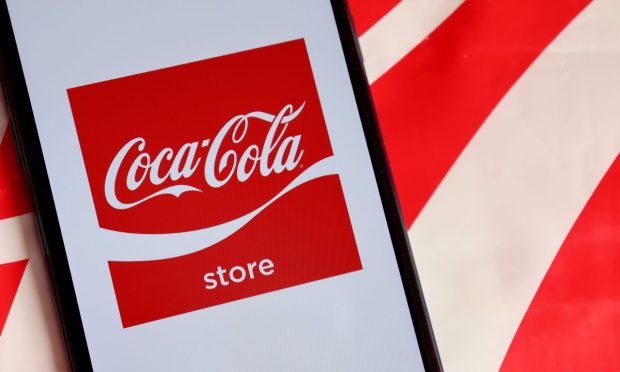CPG Giants Enjoy Digital Gains Despite Turning Focus Away from eCommerce

For leading consumer packaged goods (CPG) firms today, innovation looks less like new sales channels or technology-powered strategies and more like new product lineups. Despite pronounced eCommerce growth, these companies are not leaning very heavily on digital channels to ensure their success in the year to come.
The Kellogg Company, PepsiCo and The Coca-Cola Company all reported their fourth-quarter 2021 earnings on Thursday (Feb. 10), and though each mentioned their digital strength in passing, none centered online channels in discussing their growth strategies going forward.
“The capabilities we enhanced in recent years are paying off,” Steve Cahillane, Kellogg chairman and CEO, told analysts on a call Thursday morning. “Our data and analytics capabilities are making our marketing dollars go further. Our ecommerce capabilities are sustaining momentum in that emerging channel.”
Cahillane did not go into detail about how the company is gathering and using its data nor on what the company’s eCommerce goals are going forward, despite referring to this as an “emerging channel,” suggesting the promise of growth in years to come.
Similarly, PepsiCo, parent company not only of its eponymous soft drink brand but also of a range of other popular food and beverage brands including Lay’s, Quaker and Tropicana, referenced digital success but did not explore what this success could mean for the future of the company. PepsiCo Vice Chairman and Chief Financial Officer Hugh Johnston referred to “returns on the investments we’ve made in capacity, in digitalization and the like,” but did not expand on the point.
Additionally, Coca-Cola, parent company of its titular soda brand as well as of Dasani, Sprite and coffeehouse chain Costa Coffee, among others, spoke to certain eCommerce gains but did not get into specifics regarding the company’s digital strategy.
Chairman and CEO James Quincey noted that “strong revenue growth management, execution and digital capabilities” contributed to top line growth in Eurasia and the Middle East, adding that, in Turkey, “total digital commerce expanded by close to 90%.” However, he did not elaborate on what digital efforts led to these gains.
Certainly, consumers want digital options when purchasing foods and beverages. Research PYMNTS’ How We Eat Playbook, created in collaboration with Carat from Fiserv, which surveyed a census-balanced panel of more than 5,200 U.S. adults about how their food ordering behaviors have changed since prior to the start of the pandemic, found that 72% of grocery shoppers now order groceries online for curbside pickup or home delivery.
See also: Up for Grabs: Restaurants and Grocers See Path to Picking up 200M New Customers
Additionally, digital innovations have also helped Coca-Cola take advantage of the labor savings of self-service options and of consumers’ demand for these technologies. John Murphy, the company’s executive vice president and chief financial officer, noted the strong performance of the Costa brand’s Express machines, self-service coffee bars that Murphy described as functioning somewhat like digital baristas.
“Obviously, 2020 was hard to install new machines, but the performance of the existing machines was extraordinary and very positive,” he said, “and last year, we began to install thousands of new machines.”
Consumers seek out self-service options, according to data from PYMNTS’ September report “Today’s Self-Service Shopping Journey: The New Retail Expectation,” created in collaboration with Toshiba. The study, which surveyed over 2,000 U.S. consumers about their shopping behaviors, found that 86% of Generation Z consumers, 80% of millennials, 78% of bridge millennials, 71% of gen Xers and half of all baby boomers and seniors desire more self-checkout options.
More details: Consumers Want Self-Service Checkout Options But Rarely Get to Use Them
